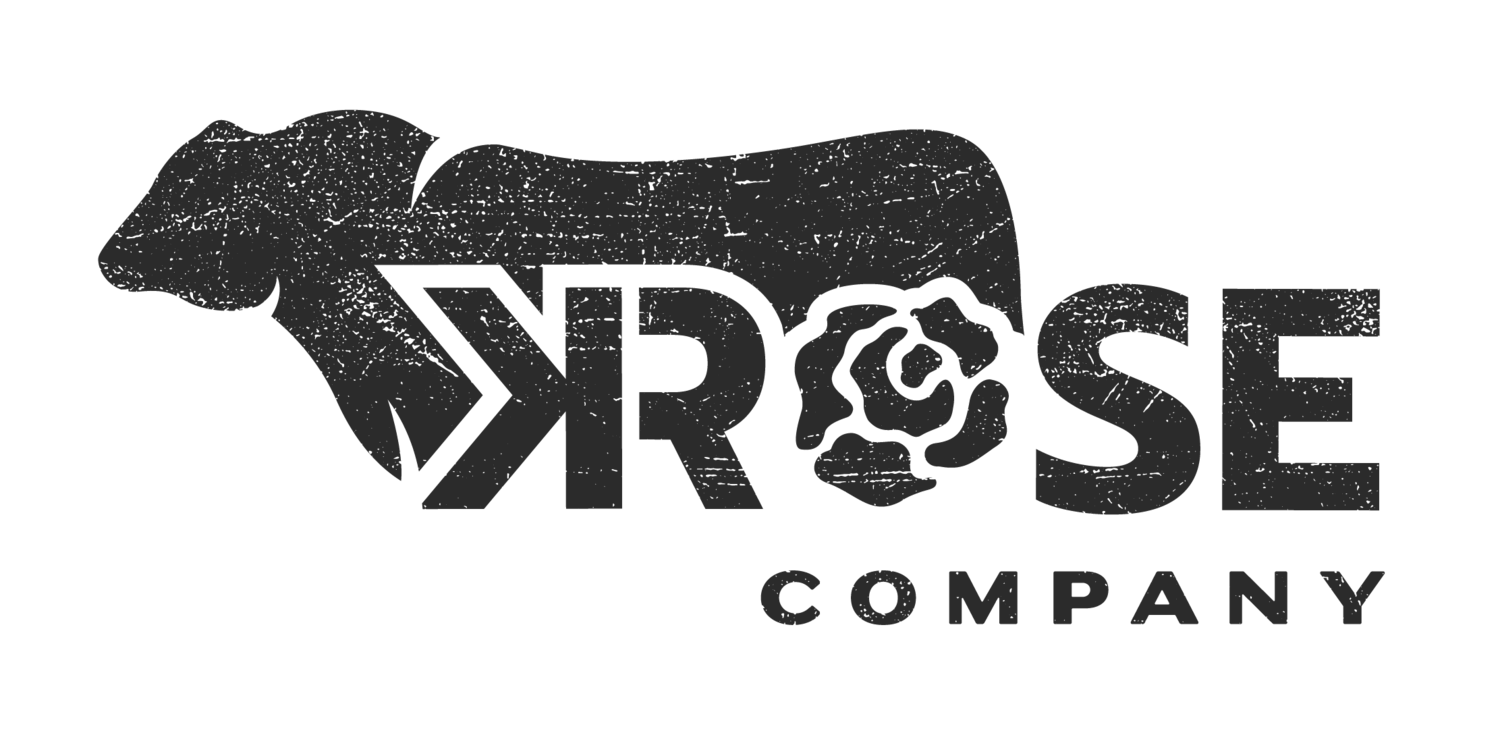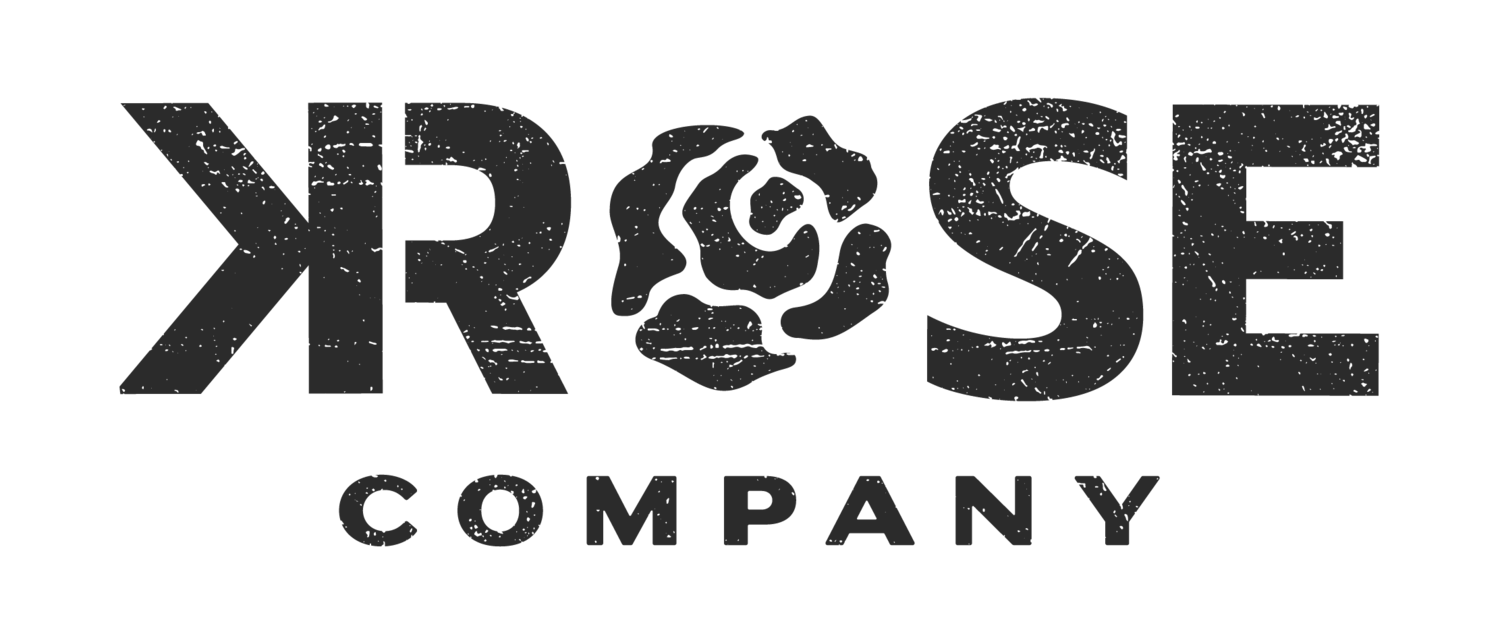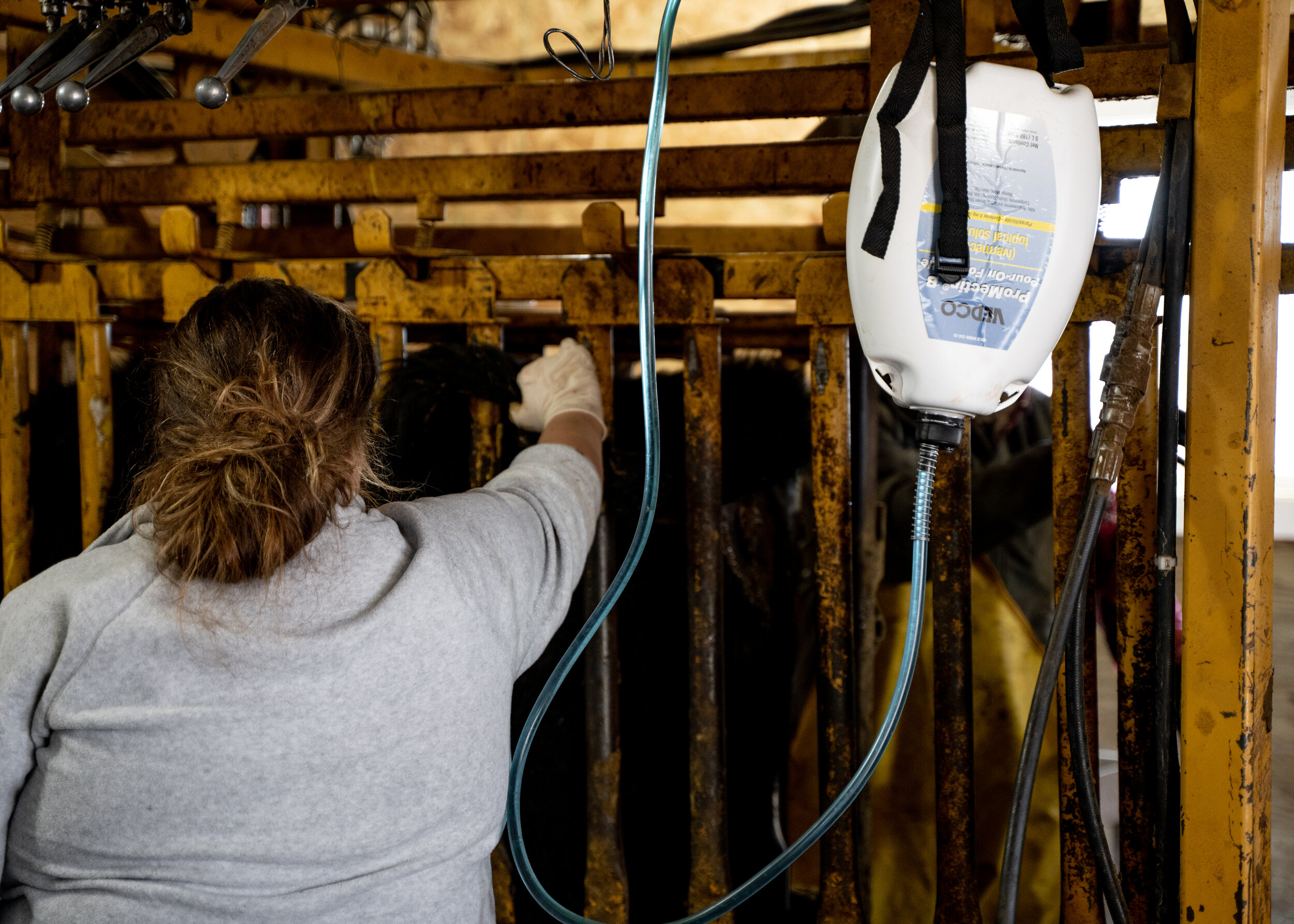Preconditioning Calves: a Lifelong Impact on Performance
We sat down to talk about the value and best practices for preconditioning calves with Dr. Nels Lindberg. As we think about preconditioning, we first have to evaluate the why before we can discuss the how.
Why would we want to precondition our calves?
For one, we all aim to sell pounds of cattle. So it’s in our best interest to do everything we can to maximize the pounds of calf sold. Even if you have a very traditional cycle or season, you can optimize it so that you can sell more pounds of calf.
Second, just like we prepare our kids for Kindergarten, we also should prepare our calves for the next step in their journey. When we send a calf to the feedyard, it’s like sending the kids to kindergarten. The more kids in the class, the higher the probability there will be viruses and bacteria that pop up and spread. In the feedyard, each pen is like the classroom. The alleys are the hallways, and recess is the processing barn where everyone funnels through. We want to prepare our calves so when they meet the challenges of these bacteria and viruses that they can get from all the other animals in the yard, their immune systems are prepared to defend them.
How much preconditioning you do may be influenced by the thought of “what am I getting paid,” but thinking about how we can focus on the long term and doing right by the cattle to build a reputation for our calf crop is going to put us on the right track. How we handle these critters to reduce stress from acclimation and weaning stages and the better we prepare them at the ranch, the better the outcome for performance and potential they will have in the next phase of life.
Managing Cattle Health Starts Long Before Working Calves the First Time
We’re talking about preconditioning today, but when we think about the reasons we practice preconditioning, it’s about health. Managing a calf’s health starts long before we vaccinate or wean them. It actually starts even before birth. To set that calf up to perform to its optimum potential, that mama cow needs to have adequate nutrition during her gestation.
Immediately after calving, making sure that cow has adequate colostrum production and the calf gets adequate colostrum intake is the single most influential factor on how the calf will grow and perform throughout life. Similarly, we can also manage that cow with a solid vax program that carries over into the colostrum.
Another practice that can be done early to prevent additional stress later is banding bulls at birth. This is the least stressful on the animal. The longer you wait to castrate, the more attached that calf will be and the more stressful and negative the effect will be on the steer. Similarly, dipping navels in iodine at calving is a simple practice that can benefit the calf.
Preconditioning Best Practices
When we think about the stress that the events during preconditioning put on a calf, it’s a lot. We are weaning them, injecting them with vaccines that will cause their immune system to get to work, and also putting them through a stressful event, just in the handling process. Because of this, we want to remove any other potential stressors if possible.
Avoid Environmental Stress
If you know a weather event is coming - either extreme hot or cold - that’s not a great time to do your weaning, shots, or transportation. In ranching there are environmental challenges any month of the year, so we don’t always have the luxury of avoiding Mother Nature. If it’s possible, pick a time of year that is ideal for your operations based on weather, labor availability, and feedstuffs. This will create a better environment for your calves to benefit, instead of it compounding the stress on their bodies.
Develop a Vaccination Program with a Trusted Vet
Anymore, a solid vaccination program isn’t rocket science. Most veterinarians today recommend one round of shots prior to weaning. Giving this first round of shots before weaning allows the calf to build titers and there will be less disease pressure come time to wean. Two to three weeks after weaning, a second round is recommended.
When you are figuring out what your vaccination program will look like, it’s important to talk with a local or regional veterinarian to discuss local environmental factors. The one thing that is consistent is that every operation is different. Vaccinations that will be in your program regardless of your area are some for respiratory viruses and bacterias, black leg, and then also looking at a dewormer and your mineral and micronutrient intake.
Some producers may have a great relationship with their vet. Others don’t, for various reasons. Get around that mindset of thinking of a vet as an expense and instead think of your vet as an influence on your profit potential as you develop whole lifecycle animal health programs. If you don’t have a vet you can trust locally, we live in a great day and age where you can reach out to a vet online and find consulting options. Your vet might challenge your way of thinking, but that’s the only way you can make progress.
Low-Stress Weaning is Preferred
When we think about the weaning process, understanding the impact on the calf is important. Fenceline weaning is a set up not all people can manage or have access to, but it is more stress free for the calf as well as the cow. If we are separating the calves completely from the mamas, those calves are going to bawl and walk around all night searching for mom and the next day, we will see more challenges because of that stress.
Preconditioning is about more than vaccinating and weaning
Vaccinations are important and weaning will get done one way or another. But one thing a lot of cattlemen skimp on is actually getting out and spending time getting their cattle used to being around humans. This is it’s own kind of preconditioning. We know these calves are going to be handled in a feedyard. They’re going to be worked multiple times. They will be loaded and unloaded. They are going to be around humans and we can’t just skip that part of the preconditioning process. It’s just as important.
Acclimating your calves to being around people on foot, on horseback, in ATVs, every opportunity you get is going to make them safer for people and safer for themselves. Dr. Nels states that he has found if you take a group of calves and send them through the chute with it open and not doing anything, just letting them walk through, they’ll flow through better the second time when you actually need to do something. Taking the extra effort to get the calves used to the facilities and used to people lowers their stress for all future handling.
Continually Challenge your Processes
Something many of us do in the ranching world is a big day and get together for brandings. Dr. Nels brings up that this is probably not a very good practice for the calf. The steps a calf is put through on branding day, combined with the likelihood that vaccine protocols are probably not often followed well (switching out needles, keeping vaccines cool, avoiding sunlight, etc.) can mean that the calf doesn’t benefit much from the vaccines we give and is negatively impacted by compounding stress.
Now does that mean we should stop getting together for brandings? No. But it does mean we should continue to challenge ourselves to practice good cattle and vaccine handling while carrying on the tradition of brandings in a way that is beneficial to the calf.
Dr. Nels shares that the biggest mistake he sees producers making is failing to challenge their biases. If we don’t get uncomfortable and try something different, we will never make progress. We have to be continually learning and challenging our thought processes. Just because we have done something a certain way forever doesn’t mean it’s the best way to do it.
Nels Lindberg, DVM, is the owner of Animal Medical Center (AMC) in Great Bend, Kansas.
Nels Lindberg, DVM, is a graduate of Kansas State University College of Veterinary Medicine and the owner of Animal Medical Center (AMC) in Great Bend, Kan. Dr. Nels is also owner of Progressive Beef Consulting Services and Research, and is a partner in Production Animal Consultation, an independent consulting group serving the protein industries. A Kansas native, Dr. Nels has published several articles in peer-reviewed publications and is frequently requested to speak at veterinary conferences and training events, sharing his expertise with numerous industry, professional and community organizations. Dr. Nels balances his busy veterinary practice with large animal consulting, public speaking, leadership training and business coaching. He and his wife Karen are parents to twins Nash and MacKenzie.
Follow Dr. Nels on Facebook, Twitter, and at www.drnels.com, which features his “Leadership Thursday” blog.





